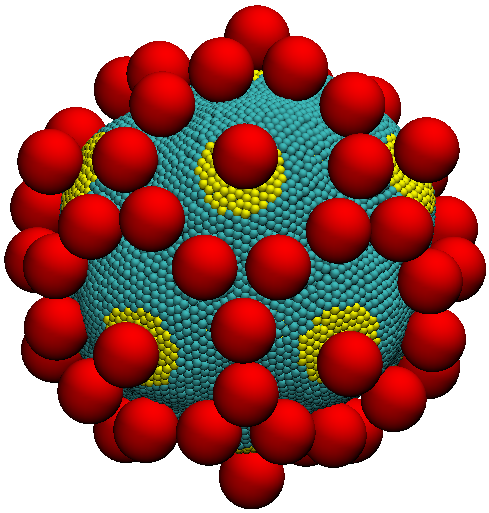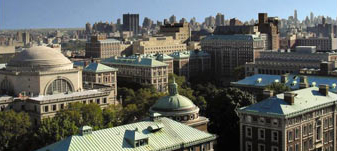Research
 Broadly speaking, we are interested in those physical systems where nontrivial collective behavior emerges from the competition among elasticity, hydrophobicity, and entropy.
Systems under scrutiny include synthetic/biopolymers, artificial/biological membranes, and complex fluids.
Broadly speaking, we are interested in those physical systems where nontrivial collective behavior emerges from the competition among elasticity, hydrophobicity, and entropy.
Systems under scrutiny include synthetic/biopolymers, artificial/biological membranes, and complex fluids. We are currently working in the field of active matter. We are interested in understanding several fundamental questions concerning self-assembly, phase behavior, and functionalizability of active systems. We want to understand how to exploit and manipulate active forces to perform work at the micro-scale, and how to design active systems with internal degrees of freedom that are capable of undergoing shape (allosteric) transformations under specific environmental inputs. The ultimate goals is to design microscopic actuators.
The group uses statistical physics and computer simulations as the main tools of scientific inquiry and welcomes collaborations with experimental groups interested in similar problems.
Here is a link to a data repository with some data from our more recent papers.

